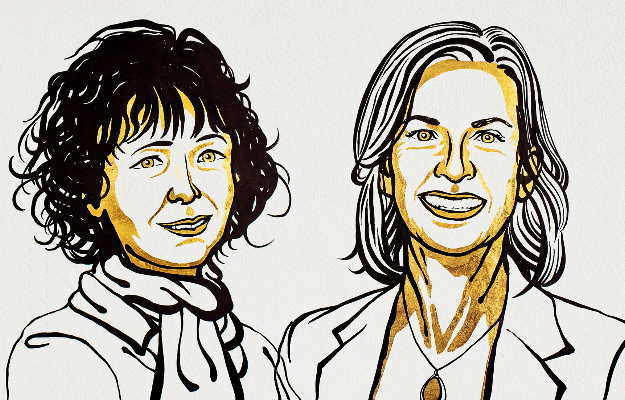On Wednesday, 7 October 2020, The Royal Swedish Academy of Sciences announced the winners of the Nobel Prize in Chemistry 2020: Emmanuelle Charpentier and Jennifer A. Doudna who made the famous gene-editing tool CRISPR-Cas9.
Genes determine a lot of things about our health—they are often the reason why some of us have birth defects while others don’t, why we have better or worse heart health than others, and even why some of us age better than others, etc. So it stands to reason that gene editing and gene therapy, when successful, could make some diseases like arthritis and cancer a thing of the past.
The challenge, of course, is to correctly identify the genes responsible, splice them precisely and edit the genome in such a way that only the genes responsible for a disease are replaced with something else.
This year’s Nobel Prize in Chemistry recognises the contribution of two scientists who developed a precise way to splice DNA at a predetermined location in microorganisms, plants, animals and humans and introduce changes in their genetic makeup at a cellular level.
CRISPR-Cas9 is currently being used in microorganisms, plants and animals, but the potential for the so-called genetic scissors is huge. Announcing the award, the Nobel Prize committee went so far as to say that “this technology...may make the dream of curing inherited diseases come true.”





















